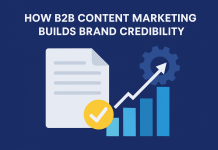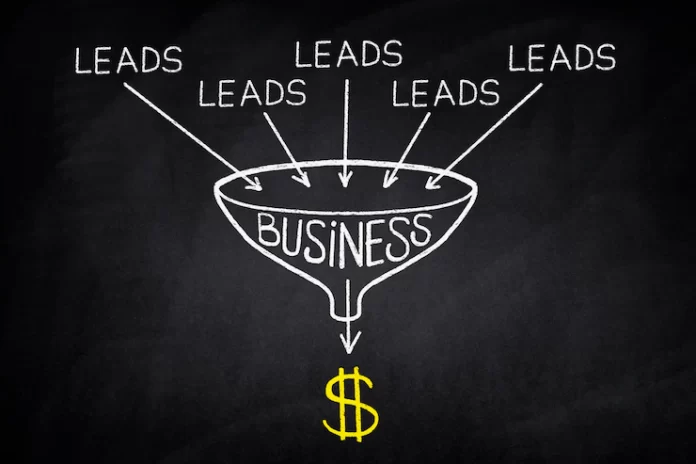What is the best practice for lead generation?
Keep things consistent
Users’ attention spans are shortening. You’ll only have 3-7 seconds to captivate a visitor’s attention on average.
With such a limited amount of time to communicate your message, you must first ensure that you have a well-optimized website that clearly displays the products and services you offer, as well as the value they provide to your potential consumer.
Unless they arrived via a direct link or looked for your brand directly, very few people will ever land on your homepage. They have a far better chance of landing on an internal page that is related to their search query. That means the style and quality of each page on your website must be consistent.
Test regularly
The key is to test everything and do so on a frequent basis. Without actual evidence to back it up, never presume one page is better than another or that one call-to-action is more effective than another.
You may believe you know exactly what messaging will resonate with your target group, but even the most experienced marketer may make mistakes. And even if you aren’t, how do you know things won’t get any better? Small modifications, such as changing the color or location of a CTA or form, can have an impact on the page’s performance. Just keep in mind that you should only test one piece of a page at a time, or it will be hard to determine what caused the change in efficacy.
Analyze the data
Once you’ve got the data back from one test, analyze the information and make some informed changes to your landing pages, then test again.
Be realistic
Be realistic, especially when it comes to time and money. Make a plan that you can stick to and commit to accomplishing it completely. If one technique of lead generation isn’t working for you right now, switch to another till things improve.
Define your customer
Define your ideal clients, drawing on information gleaned from actual consumers where feasible. Create a buyer persona for each and then concentrate on particularly targeting each persona. This can help you connect with your audience in a variety of ways, including knowing what inspires and drives them, as well as the challenges and issues they encounter and how you might assist them to overcome them.
Once you’ve figured out who you’re going after and what their main problems and ‘pain points’ are, you can go straight to them. Avoid mentioning yourself or your goods. Instead, focus on your clients, their issues, and what you can do to assist them. Potential consumers aren’t interested in reading ten pages about you; they’re interested in learning how you can make their lives simpler.









